Center Hall
Victorian houses were traditionally designed to stage a grand entrance or exit. Owners demanded large and impressive center halls and often decorated them lavishly, for the room was the one private space that all social classes were guaranteed to see.
John Ashbery’s center hall, which he sometimes also called the front hall, both aspires to and parodies this model. The beautiful architecturally designed interior—rich wooden beams, high ceilings, elaborate fireplace, dim overhead lights and a mirror—creates a dark, gloomy and enveloping mood.
Ashbery added small touches to enhance this feeling, including a regal umbrella stand and an open sewing table used to display a plate by the door, elaborate candelabras flanking a clock on the mantel (recalling exactly the mantelpiece display his grandparents created in the entrance to their Rochester home), handsome Chinese Chippendale furniture with a Moorish coffee table, two Chinese ginger jar lamps, and a collection of Hiroshige and Hokusai images on the walls. This worldly compendium of things in the small space produces an immediate impression; a visitor feels a little overwhelmed and impressed to be in the presence of this clearly well-traveled home owner.
There is a sense of mystery too, for even before taking in the hall, the visitor has seen something truly unexpected. The very first sight inside the house as the inner door opens—because of the angle of entry—is actually the bright, violent painting of an assassination scene above the couch in the music room. This brief and shocking spectacle, which contrasts sharply with the warmth and cozy darkness of the center hall, leaves a lingering sensation.
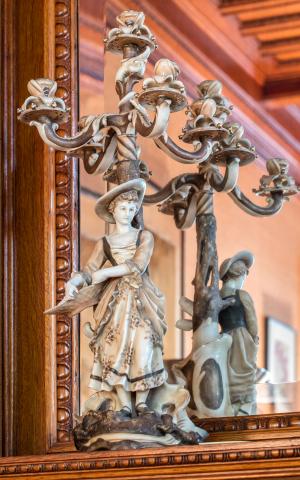
Ashbery’s maternal grandparents received these candelabra as a wedding present in the late nineteenth century.
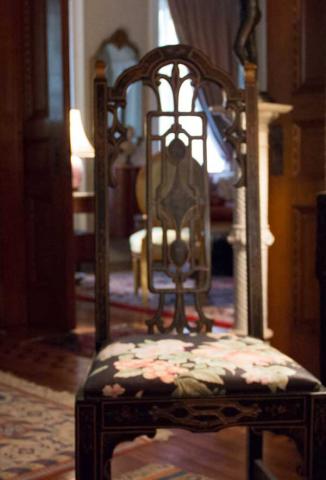
Ashbery purchased this triple settee, arm chair and side chair at Galerie d’Antiques in Cincinnati in March 1979, the first piece of furniture he bought specifically for the house. He had it reupholstered at Colonial Shop Upholstering and Repairing in January 1981.
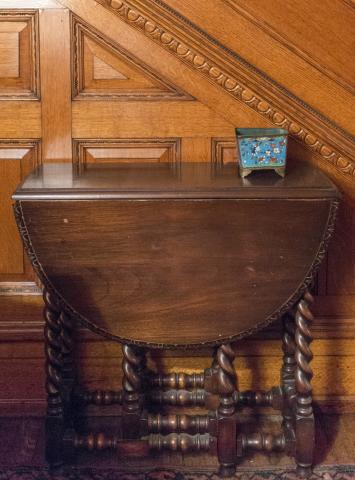
These were originally in the Sodus farmhouse, and Ashbery brought them to the center hall in the mid-1980s.
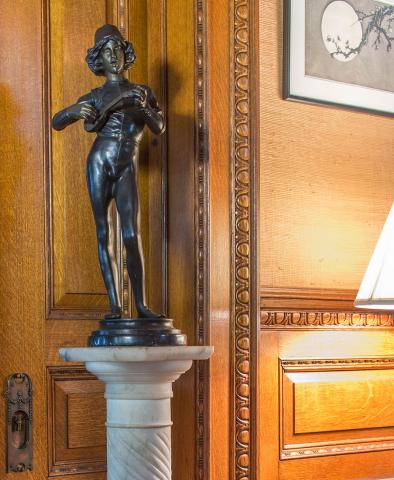
Purchasing the pedestal first, Ashbery finally found a statue to place on it at Vito Giallo’s New York City shop.
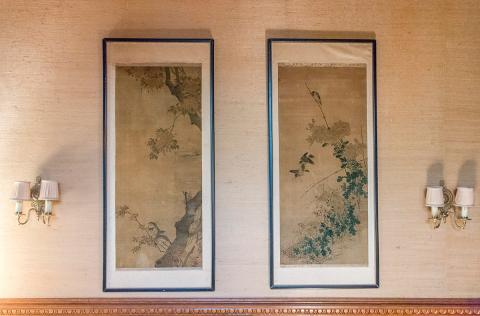
These two Hiroshige images over the center hall settee are prominent pieces in Ashbery’s collection of over thirty works by both Hiroshige and Hokusai.
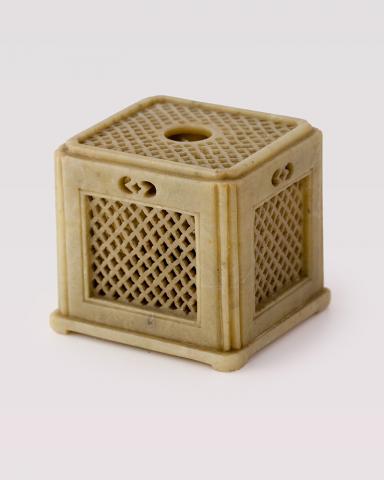
Ashbery’s grandparents, Henry and Addie Lawrence, picked up this jade cricket box during their 1926 trip abroad.
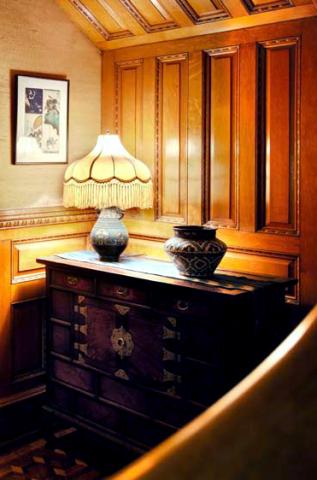
This handsome Korean chest and Persian bowl are hidden in a dark corner of the center hall under the stairs. Ashbery thought the chest quite handsome and waned to add to the international theme in the center hall.
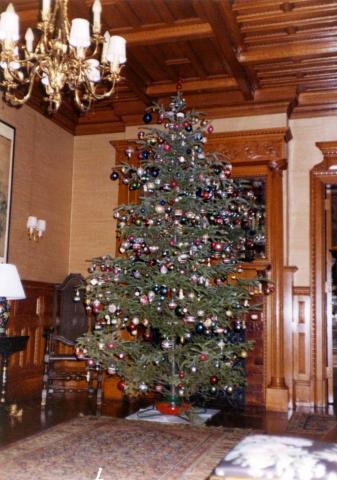
This Christmas tree was the first that John Ashbery and David Kermani brought to the Hudson house. Every year they picked out a tree from the local Bartolotta Family farm in Hudson and decorated it with antique ornaments, some that they found in local markets and some that were from David Kermani’s family.
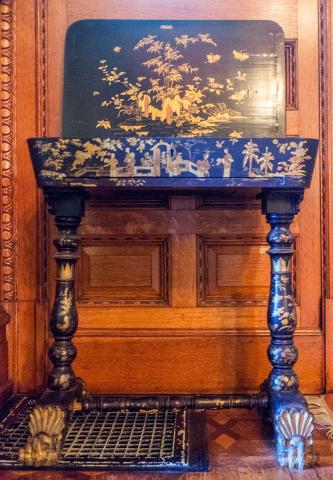
Installed by the inside front door, this sewing table was purchased from the antique dealer Vito Giallo.
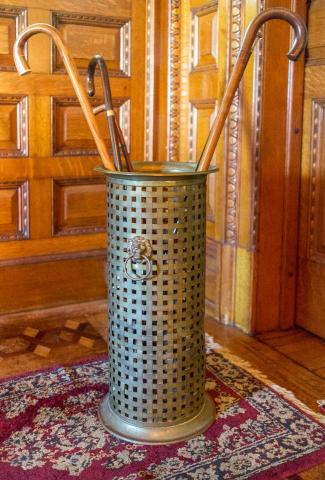
The umbrella stand was purchased in Chelsea, New York on January 15, 1981. The mid nineteenth-century walking stick (among the canes) belonged to one of Ashbery’s ancestors in Pultneyville, New York.
